TINTED FLOAT GLASS
We have been continuing our activities for many years by prioritizing customer satisfaction.
TINTED FLOAT GLASS
Tinted Float Glass offers solutions to non-residential buildings with curtain walls, windows, spandrels, facade claddings, overhead glazings and balustrades. Also alternative choices for interior applications such as tabletops, shelves, doors, shower cabins and partitions.
• Offers various solutions to designers and customers to create aesthetic and stylish places by its different color alternatives.
• If used in exterior, limits solar heat gain, controls the extreme brightness of the sun, offers acomfortable working and living environment.
• By its solar control it reduces the cooling costs.
TINTED FLOAT GLASS
Tinted Float Glass offers solutions to non-residential buildings with curtain walls, windows, spandrels, facade claddings, overhead glazings and balustrades. Also alternative choices for interior applications such as tabletops, shelves, doors, shower cabins and partitions.
• Offers various solutions to designers and customers to create aesthetic and stylish places by its different color alternatives.
• If used in exterior, limits solar heat gain, controls the extreme brightness of the sun, offers acomfortable working and living environment.
• By its solar control it reduces the cooling costs.
Laminated glass, toughened glass, heat strengthened glass, enameled glass, bent glass, coated glass, acid etched glass, sandblasted glass and mirror can be produced by applying secondary processes.
Tinted glass – (heat absorbing glass) is made by adding color pigments to the raw materials in the float process. Standard colors include bronze, gray, dark gray, green, blue and blue/green. The color density is a function of thickness, as the glass gets thicker the density of the color increases and the amount light transmittance decreases. Because tinted glass reduces the amount of light transmitted, it also absorbs some of that solar energy.
Solar control glass is subjected to thermal breakage risks. In order to avoid thermal breakage risks, toughening or heat strengthening is recommended. When laminating Tinted Float Glass, all panes of the laminated glass should be either toughened or heat strengthened in order to avoid thermal breakage risks.
Solar control glass is subjected to thermal breakage risks. In order to avoid thermal breakage risks, toughening or heat strengthening is recommended. When laminating Tinted Float Glass, all panes of the laminated glass should be either toughened or heat strengthened in order to avoid thermal breakage risks.
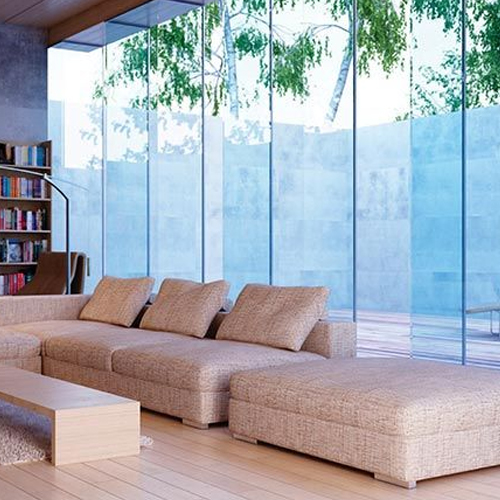
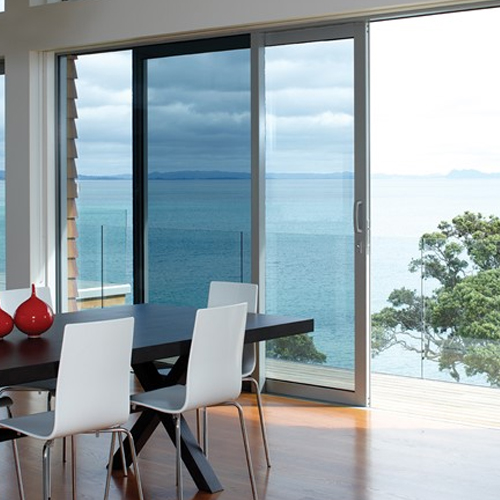
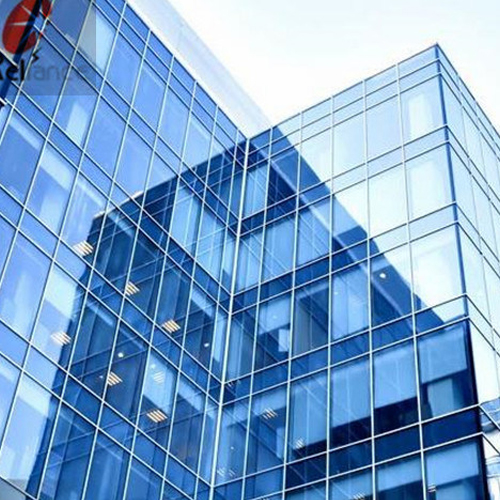
 +90 (535) 543 76 74
+90 (535) 543 76 74
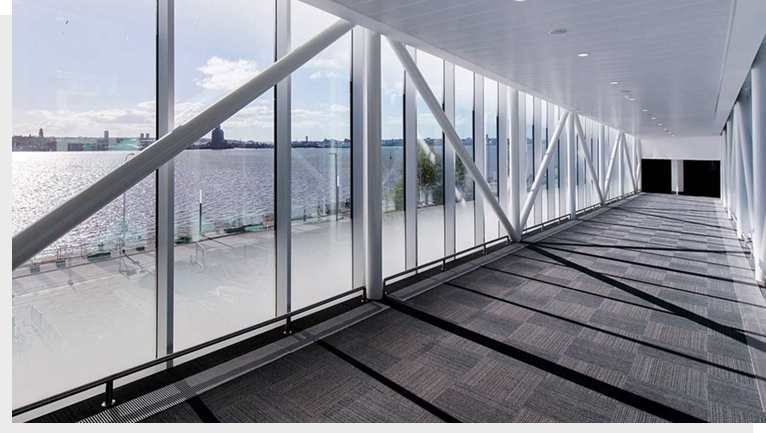 FLOAT GLASS
FLOAT GLASS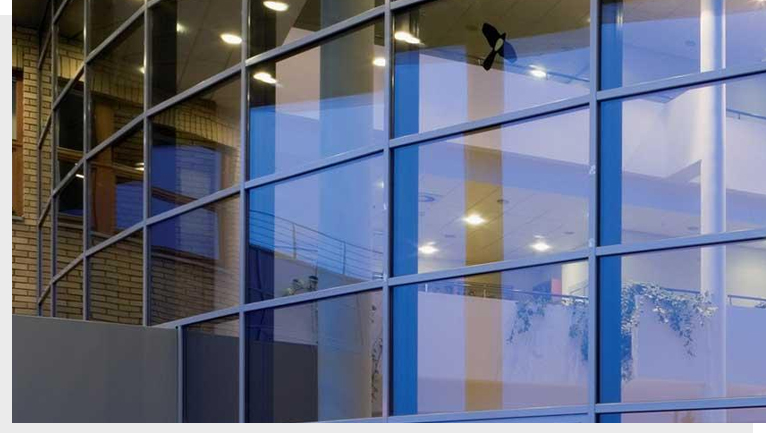 TINTED GLASS
TINTED GLASS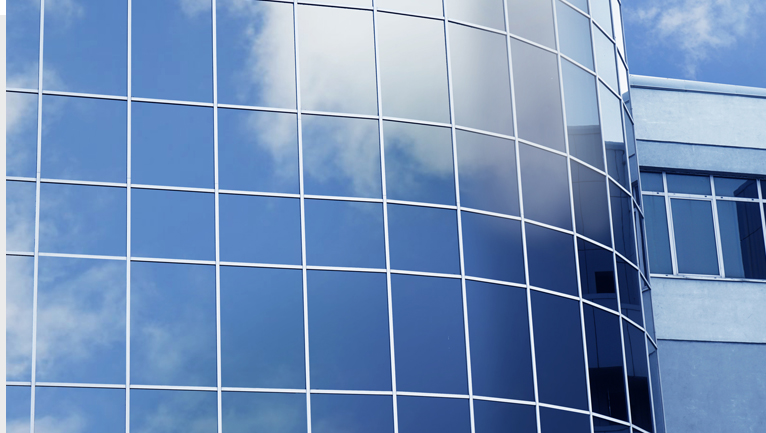 REFLECTIVE GLASS
REFLECTIVE GLASS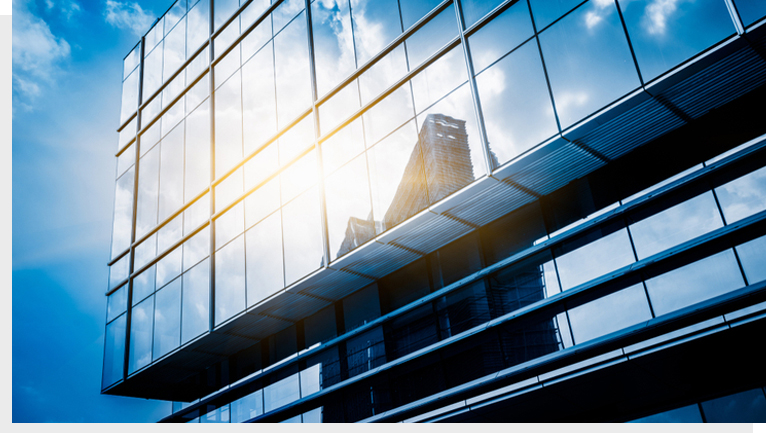 LOW-E / SOLAR LOW-E GLAS
LOW-E / SOLAR LOW-E GLAS TEMPERED GLASS
TEMPERED GLASS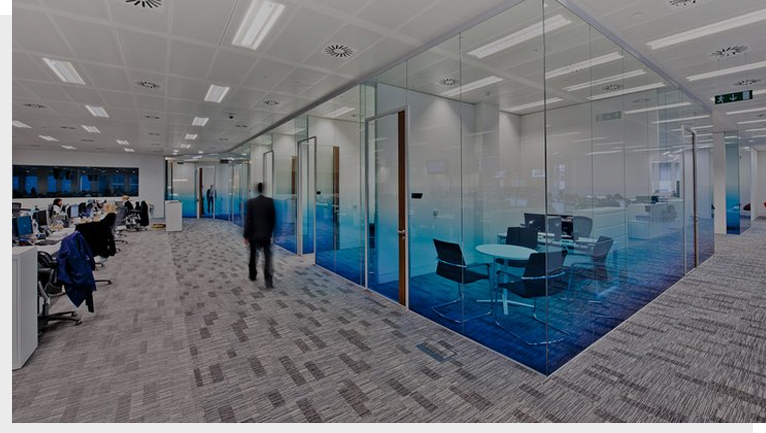 DECORATIVE GLASS
DECORATIVE GLASS LAMINATED GLASS
LAMINATED GLASS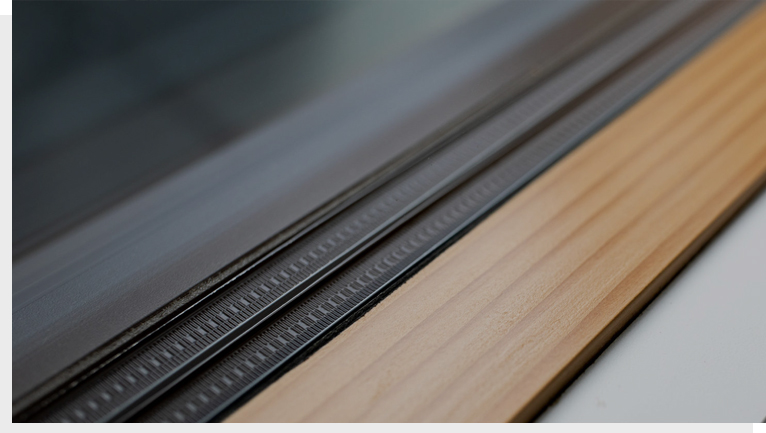 TRIPLE GLAZING SYSTEM
TRIPLE GLAZING SYSTEM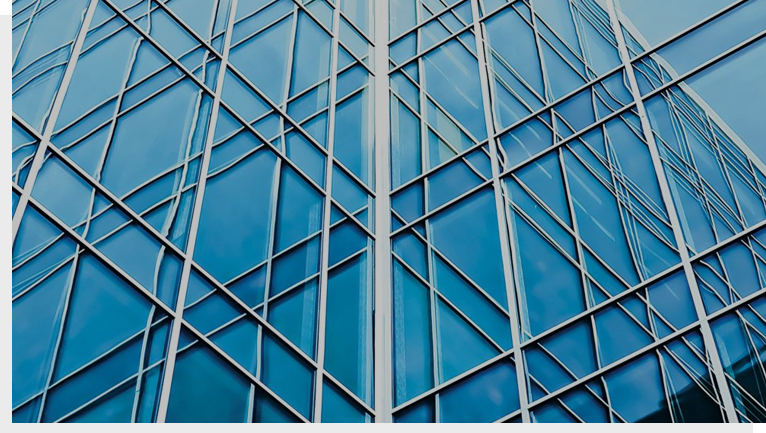 DOUBLE GLAZING SYSTEM
DOUBLE GLAZING SYSTEM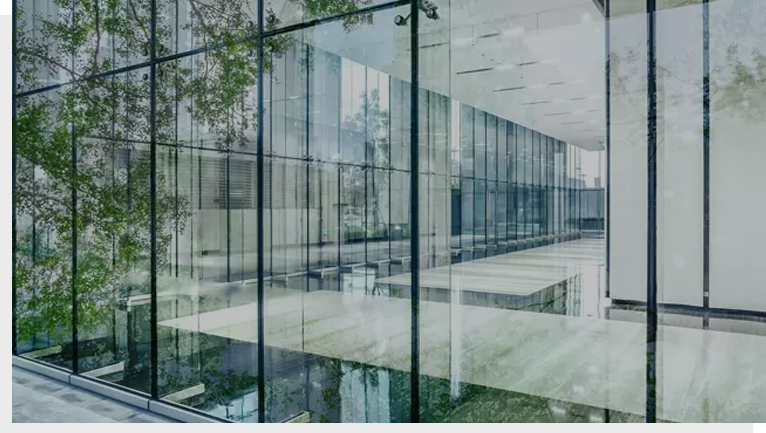 LAMINATION PROCESS
LAMINATION PROCESS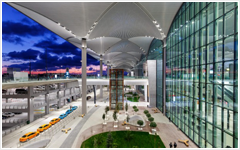 AIRPORTS
AIRPORTS HOSPITALS
HOSPITALS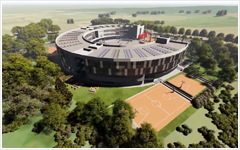 UNIVERSITY & SCHOOL
UNIVERSITY & SCHOOL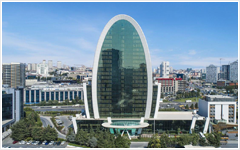 HOTELS
HOTELS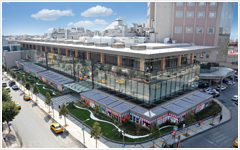 SHOPPING MALL
SHOPPING MALL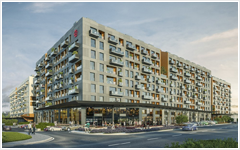 RESIDENTIAL BUILDING
RESIDENTIAL BUILDING RESIDENTAL & BUSINESS CENTER
RESIDENTAL & BUSINESS CENTER OTHERS
OTHERS +90 (262) 375 32 11
+90 (262) 375 32 11